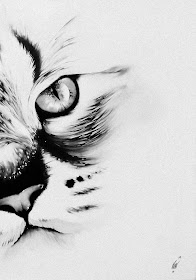William Scharf ( 1927– 2018 ) was an American artist from New York City, he taught at The Art Students League of New York. Painting with acrylics, he was a member of the New York School movement.
William Scharf is a painter whose subject is color. Scharf, a late-generation Abstract Expressionist and who apprenticed in the studio of Mark Rothko, applies paint in translucent layers to achieve depth and luminosity. He creates groups of paintings around the theme of a single color, working in a variety of scales and using shapes both geometric and biomorphic.
Scharf's work has been exhibited in a number of galleries, including the Anita Shapolsky Gallery, Meredith Ward Fine Art, and Hollis Taggart Galleries in New York City.






























































